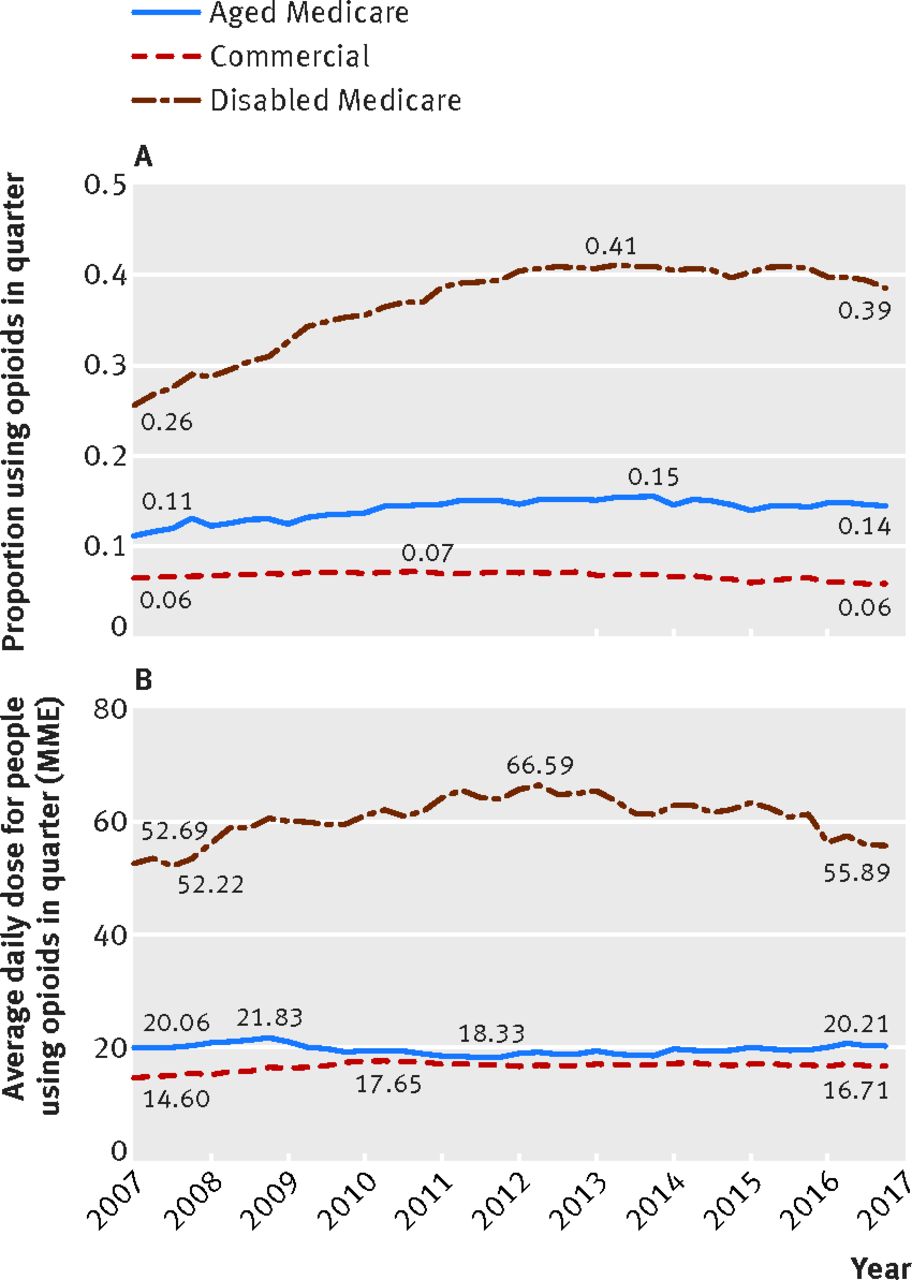- Joined
- May 30, 2005
- Messages
- 21,256
- Reaction score
- 12,371
I began believing in the late 1990s my patients were compliant since they self reported no aberrations, and had 3 month visits. I began UDS testing without confirmatory testing initially and found many aberrancies, but part of these could be explained by inaccuracy in the testing. Out of concerns from this I moved to bimonthly visits. Then I started asking about specifics such as any hospital visits, falls, use of alcohol, cocaine, marijuana or other illicits ANY TIME DURING THE MONTH. It was eye opening. I then lowered my prescribing interval from two months to monthly and instituted UDS with confirmatory testing. Even with all our rules and regulations, 20% of the patients each month were abusing drugs. Jettisoned more and more patients, while tightening up my requirements to accept any patient, and would not accept anyone out of state, then eventually anyone outside of the area. PMP access eventually became available and was initially checked once a year, then later once every 3 months, then once a month. Added mandatory direct fax of prior prescribers history and progress notes before I would even make an appointment for those wanting to see me, and screened out over 50% of those who would have otherwise been given an initial appointment. There were some doozies of doctor shoppers that were caught in this manner and they were quickly kicked out of the practice. Instead of rare UDS, I increased this to targeted UDS plus at least yearly UDS. Kicked out more patients. Began working with local police departments notifying them of diversion of drugs and some departments reciprocated notifying me about patients that were running off the road DUI, crashing, injuring others, and in rare cases about those who were known to be selling drugs. Then I added alcohol testing- found 25% of my patients were actively drinking alcohol in spite of clinic rules specifically stating possible discharge under such conditions- they did not care. Patients will do whatever they damned well please despite all the clinic rules, all the CDC guidelines, and regardless of the risk to your medical license and medical practice. They may use cocaine in week one or two after being seen in your clinic. They may have sold most of the drug by the end of the first week, as I found out when I instituted mandatory pill counts between visits discovering only 30% had at least as many pills as expected. Jettison more patients. Finally I had enough and jettisoned all patients receiving opioids.
So........no, I am no longer helping the chronic pain population by being a "compassionate" doctor any longer, nor am I fulfilling my desire to help people with chronic pain by using all means necessary or available. The upside is that I have selected out treatment options that do not require me to herd cats or involve myself with unsavory, potentially dangerous chemically dependent patients (re: addicts). There is just too much overlap in the Venn diagrams of the legitimate compliant pain population that would benefit from opioids, those who are out of control with their use of opioids or engage in illicits/alcohol use at the same time as opioids, and the population diverting opioids. My time as a physician is better spent helping those I can help rather than trying to determine who is scamming me, who may overdose, and who may become violent if they don't get their candy. When added to the pressures from state attorney generals, threats of litigation from families should a patient die while taking opioids, medical board actions, county civil suite actions, and push back by every branch of government, I found it impossible to continue prescribing opioids. My conclusion is that whereas opioids are a viable option for a few patients, at least 80% of those being prescribed opioids should not be receiving them since they pose a threat to themselves and to society. In order to prescribe opioids, an elaborate screening and compliance program is needed, requiring significant number of hours and effort to keep the practice clean, but even then if we look hard enough (alcohol testing of urine, pill counts throughout the month) we find we are being scammed. The majority of the general population who would seek opioids from pain doctors are indeed addicts, engage in dangerous practices with drugs, or are diverting drugs for sale or trade. I haven't the patience nor the time left in my career trying to weed out the majority those seeking opioids that could easily end my career through no fault of my own. The risks of opioid prescribing are far too high to many patients and the benefits are too low for even a few patients to continue this dangerous game of roulette.
Re-posted for everyone's viewing pleasure- the greatest comment of all time from the great one himself, Algos. His thoughts on opioids from spring, 2018
Not having all those policies and procedures in place before starting a clinic is dangerous.



